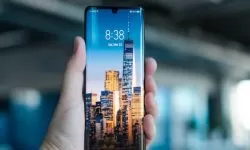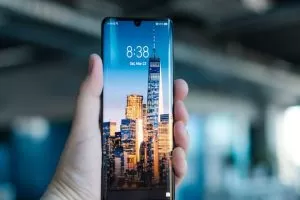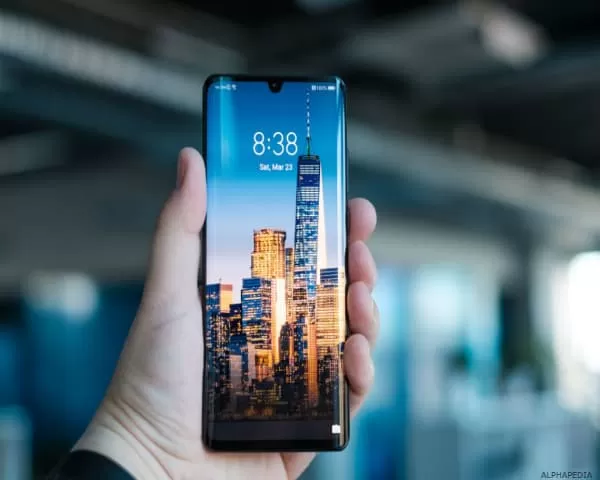With the advent of the mobile phone in the 1980s, communications were no longer just connected to homes, offices or public phones. The really smart invention was not the phone itself, but the cellular network that supports it.
How Do Mobile Phones Work ?
Imagine calling a friend across town. As you chat, your phone converts your voice into an electrical signal, which is then transmitted as radio waves and turned back into sound by your friend’s phone.
So a basic mobile phone is little more than a combined radio transmitter and receiver, much like a walkie-talkie or CB radio.
However, the cellular network allows you to spread the latest gossip no matter how far away your friends are. Cell phones have become a universal and very indispensable tool for life. By 2014 there were more than 7 billion subscribers.
With a cell phone, you can talk to anyone on the planet from almost anywhere, but do you really know how your cell phone works ?
A cell phone is basically a two-way radio, containing a transmitter and a receiver. When you chat with your friend on your cell phone, your phone converts your voice into an electrical signal, which is then transmitted by radio waves to the nearest cell tower.
The cell tower network then transmits the radio wave to your friend’s cell phone, which converts it into an electrical signal and then sounds again. In the basic form, a cell phone works just like a walkie-talkie.
In addition to being able to make voice calls, cell phones have been designed with additional features for navigation, taking pictures, playing games, sending text messages and playing music. More sophisticated smartphones can perform functions similar to those of a laptop.
Radio Waves
Cell phones use radio waves to communicate. Radio waves carry voice or digitized data in the form of oscillating electric and magnetic fields, called electromagnetic fields (EMF).
The rate of oscillation is called the frequency. Radio waves carry information and travel in air at the speed of light. Cell phones transmit radio waves in all directions. The waves can be absorbed and reflected by surrounding objects before they reach the nearest cell tower.
For example, when you hold the phone next to your ear during a call, a significant portion of the emitted energy is absorbed by your head and body.
Antenna
Cellular phones contain at least one radio antenna to transmit or receive radio signals. An antenna converts an electrical signal to the radio wave (transmitter) and vice versa (receiver). Some cell phones use one antenna as both transmitter and receiver, while others, such as iPhone 5, have multiple transmitting or receiving antennas.
An antenna is a metal element, usually copper, designed to transmit and receive specific radio wave frequencies. While older generation cell phones have external or removable antennas, modern phones have more compact antennas within the same device.
It is important to understand that any metal components in the device can connect to the transmitting antennas and thus contribute to the pattern of the signal being transmitted.
Many modern smartphones contain more than one type of antenna, such as Wi-Fi, Bluetooth, and GPS antennas.
Connectivity
As mentioned above, a cell phone is a two-way wireless communication device and needs both the input signal (receive) and the output signal (transmit) to work.
The magnitude of the signal received from the cell tower is called the “signal strength”, which is commonly indicated by the “bars” on your phone.
The connectivity between a cell phone and its cell network depends on both signals and is affected by many factors, such as the distance between the phone and the nearest cell tower, the amount of impedance between them, and the wireless technology (e.g., GSM vs. CDMA )
Poor reception (fewer bars) usually indicates a long distance and/or a lot of signal interruption between the cell phone and the cell tower.
To conserve battery life, a cell phone will vary its transmitted signal strength and use only the minimum necessary to communicate with the nearest cell tower.
When your cell phone has poor connectivity, it transmits a stronger signal to connect to the tower and, as a result, the battery will drain faster. That’s why good connectivity not only reduces dropped calls, but also saves battery power.
Related topics

CELL PHONES FOR SENIORS

CHEAP AND BEST MOBILES

💚 WHO INVENTED THE MOBILE PHONE ?

💚 THE MEANING OF THE MOBILE PHONE

MOBILE PHONE HISTORY

CELL PHONE EVOLUTION
Other Topics of Interest in ALPHAPEDIA

FREE DOCTORATE IN PROJECT MANAGEMENT

¿ HOW TO CLEAN PORCELAIN FLOOR ?

FREE POSITIVE PSYCHOLOGY COURSE

FREE BACHELOR DEGREE IN EPIDEMIOLOGY

FREE TAX COURSE

FREE MASTER OF TAXATION
Cellular or Mobile Phone Image



